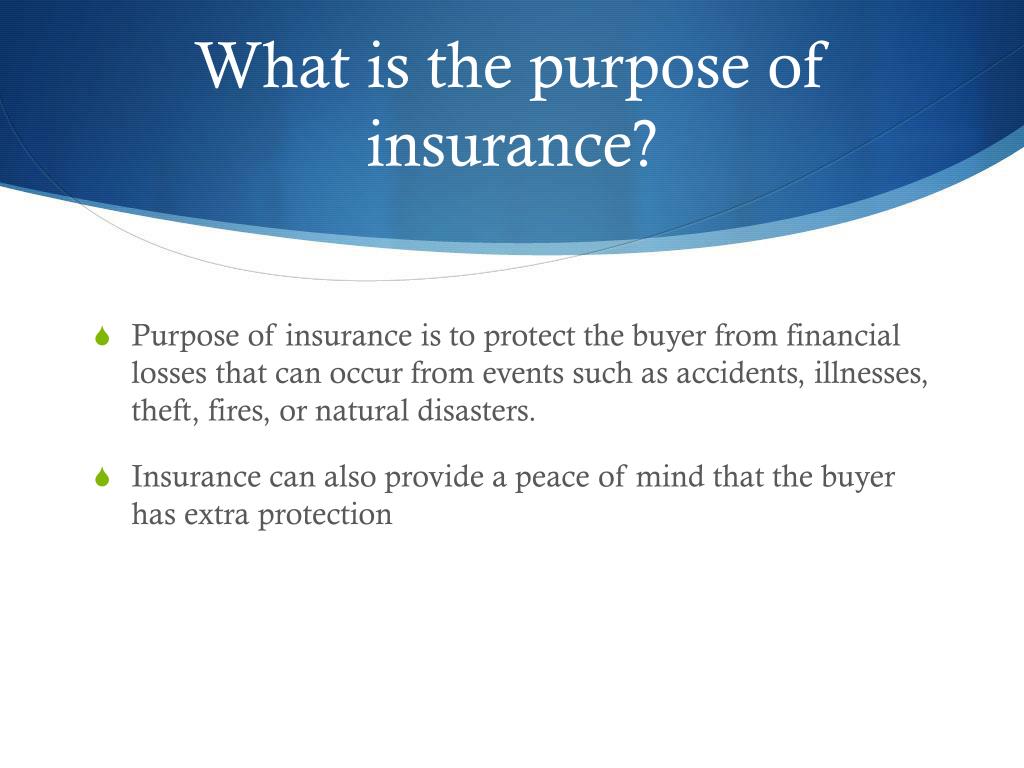4 Easy Facts About Pacific Prime Shown
Wiki Article
Things about Pacific Prime
Table of ContentsThe smart Trick of Pacific Prime That Nobody is Talking AboutThe Only Guide to Pacific PrimeAn Unbiased View of Pacific PrimeFascination About Pacific PrimeThe Pacific Prime Ideas

This is since the information were collected for a duration of strong financial performance. Of the estimated 42 million individuals who were uninsured, all however concerning 420,000 (about 1 percent) were under 65 years old, the age at which most Americans become qualified for Medicare; 32 million were adults between ages 18 and 65, about 19 percent of all grownups in this age; and 10 million were kids under 18 years of age, concerning 13.9 percent of all kids (Mills, 2000).
These price quotes of the variety of individuals uninsured are generated from the yearly March Supplement to the Existing Populace Study (CPS), conducted by the Census Bureau. Unless or else noted, nationwide estimates of individuals without medical insurance and proportions of the population with different type of protection are based on the CPS, the most widely used resource of estimates of insurance policy protection and uninsurance rates.
Pacific Prime Can Be Fun For Anyone

Still, the CPS is especially helpful since it produces yearly estimates fairly rapidly, reporting the previous year's insurance policy protection approximates each September, and because it is the basis for a consistent collection of price quotes for even more than twenty years, enabling evaluation of patterns in coverage in time. For these factors, in addition to the extensive usage of the CPS in various other research studies of insurance protection that are offered in this report, we rely upon CPS quotes, with limitations noted.

The quote of the variety of without insurance people expands when a populace's insurance policy standing is tracked for numerous years. Over a three-year period starting early in 1993, 72 million individuals, 29 percent of the united state population, lacked insurance coverage for at the very least one month. Within a solitary year (1994 ), 53 million individuals experienced a minimum of a month without insurance coverage (Bennefield, 1998a)
6 out of every ten uninsured grownups are themselves used. Although working does improve the likelihood that and one's household members will certainly have insurance, it is not a guarantee. Even members of households with 2 permanent wage earners have virtually a one-in-ten opportunity of being without insurance (9.1 percent without insurance rate) (Hoffman and Pohl, 2000).
Pacific Prime Can Be Fun For Everyone
New immigrants account for a substantial percentage of individuals without medical insurance. One evaluation has associated a substantial section of the current growth in the dimension of the U.S. uninsured populace to immigrants that showed up in the country in between 1994 and continue reading this 1998 (Camarota and Edwards, 2000). Current immigrants (those who came to the USA within the past four years) do have a high price of being uninsured (46 percent), but they and their youngsters make up just 6 percent of those without insurance nationally (Holahan et al., 2001).The partnership between health insurance policy and accessibility to care is well developed, as documented later on in this chapter. The connection between wellness insurance coverage and health and wellness results is neither direct neither easy, a substantial professional and health and wellness solutions research study literature links health insurance policy protection to better accessibility to care, much better high quality, and enhanced personal and populace wellness standing.
Levels of analysis for analyzing the results of uninsurance. This conversation of health and wellness insurance coverage focuses largely on the U.S. population under age 65 due to the fact that basically all Americans 65 and older have Medicare or various other public insurance coverage. Moreover, it concentrates particularly on those with no wellness insurance for any length of time.
The Best Guide To Pacific Prime
The issues encountered by the underinsured are in some aspects similar to those encountered by the without insurance, although they are typically much less extreme. Health and wellness insurance coverage, however, is neither needed neither sufficient to gain accessibility to medical solutions. The independent and straight impact of wellness insurance coverage on access to wellness services is well developed.
Others will get the health and wellness care they require even without health and wellness insurance, by spending for it expense or seeking it from carriers who supply care cost-free or at highly subsidized rates. For still others, health insurance coverage alone does not guarantee receipt of treatment as a result of other nonfinancial obstacles, such as a lack of health and wellness treatment companies in their community, minimal accessibility to transport, illiteracy, or etymological and cultural differences.
The Ultimate Guide To Pacific Prime
Official study concerning without insurance populaces in the United States dates to the late 1920s and early 1930s when the Committee on the Expense of Healthcare created a collection of records concerning financing physician office sees and hospital stays. This problem came to be significant as the varieties of clinically indigent climbed up during the Great Anxiety.Report this wiki page